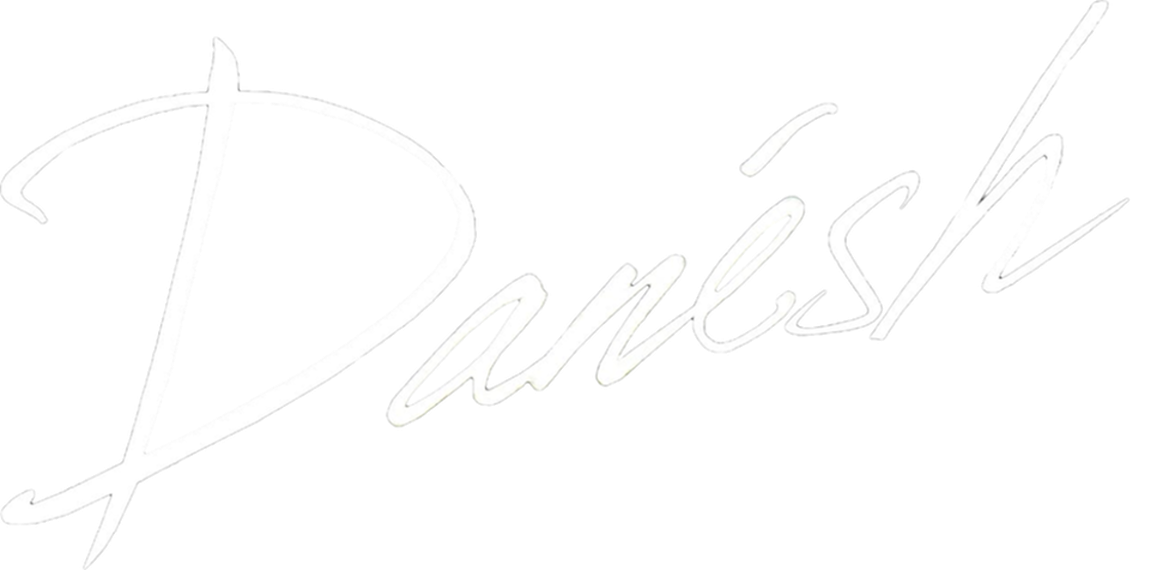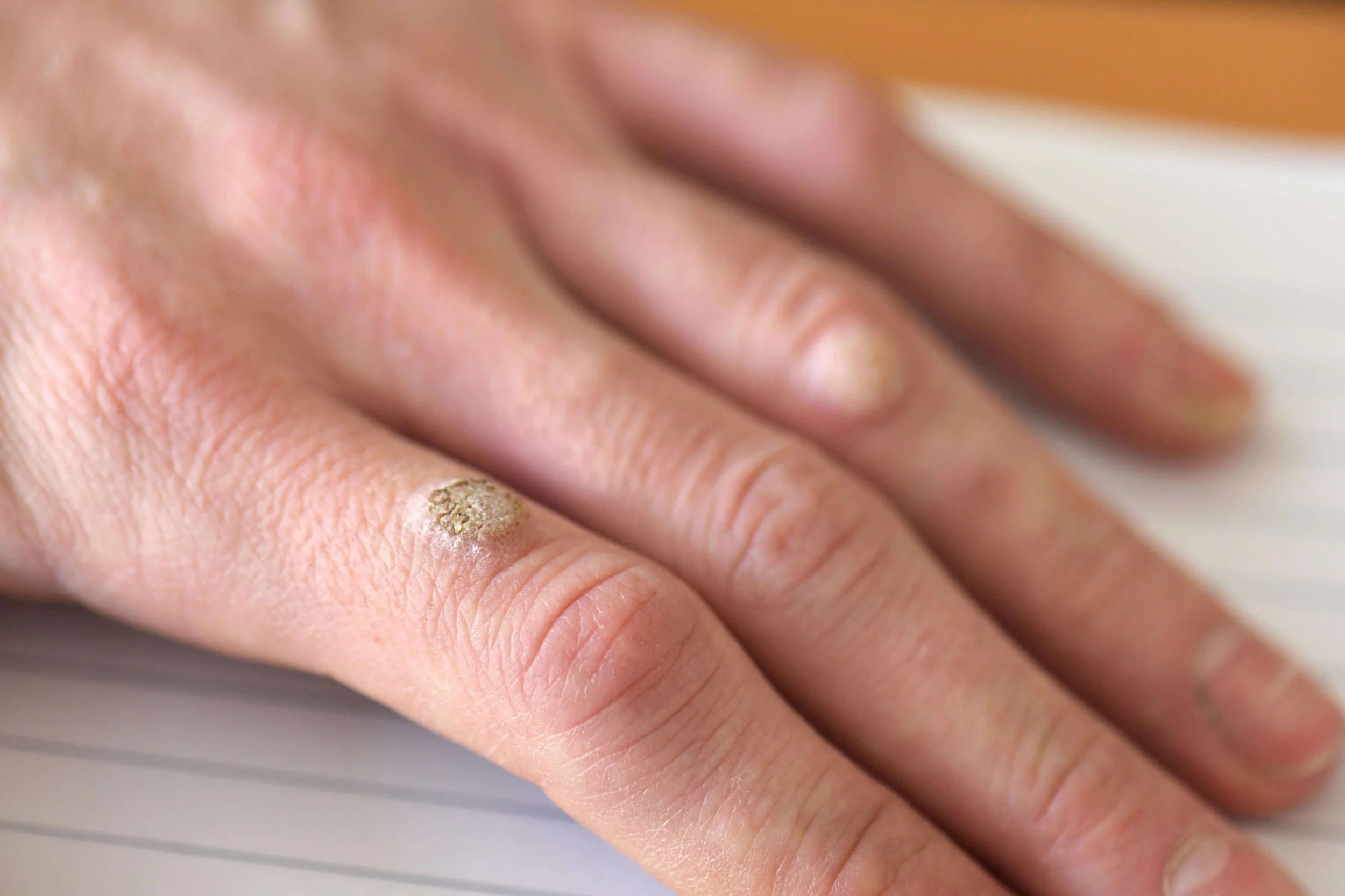One of the services we offer at Danesh Dermatology is wart treatment. At our office, our goal is to provide you with an understanding of warts as well as the range of effective treatments that may be effective for your individual case.
What Are Warts?
Warts are common skin growths that appear when the skin is infected by a virus, specifically types of Human Papillomavirus (HPV). Warts typically present as rough bumps on the skin that can appear anywhere, but they are most common on the hands, feet, and face.
Warts are generally harmless and often disappear on their own over time, but they can be bothersome, and sometimes painful, depending on their location. Moreover, warts are contagious, and can spread through direct contact or indirectly in places like communal showers or pools.
Types of Warts
There are several types of warts, including:
Common warts: These often occur on the hands, are dome-shaped, gray-brown, and have a rough surface.
Plantar warts: Found on the soles of the feet, these can be painful and appear as hard, thick patches of skin with dark specks.
Flat warts: Smaller and smoother than other types, these tend to grow in large numbers and can show up anywhere on the body.
Filiform warts: These long, thin warts usually grow on the face, particularly around the mouth, eyes, and nose.
Treatment Options
Although warts may go away on their own, treatment is often sought to speed up the process, prevent spread, or alleviate discomfort. At Danesh Dermatology, we offer a range of treatment options tailored to each individual's needs:
Topical treatments: These are medicated creams, gels, or ointments, often containing salicylic acid, that are applied to the wart. They work by gradually peeling off the infected skin.
Cryotherapy: This common and effective procedure involves freezing the wart using liquid nitrogen. It may cause a blister to form around the wart, and the dead tissue sloughs off within a week or so.
Cantharidin: Applied by a healthcare professional, this substance causes the skin under the wart to blister, lifting the wart off the skin.
Minor surgery: If a wart is particularly large or stubborn, it might be surgically removed or destroyed with an electric needle (electrodesiccation and curettage).
Laser treatment: A concentrated beam of light is used to burn and destroy the wart tissue. This procedure is often used for warts that haven't responded to other treatments.
Immunotherapy: This approach uses medications or solutions to stimulate your immune system to fight off warts.
At Danesh Dermatology, we will guide you towards the best treatment for your unique situation. It's important to note that treatments may have side effects and no one treatment is 100% effective for all patients. Recurrence of warts is also common. We are here to support and guide you through understanding and treating your warts. We pride ourselves on providing personalized care that prioritizes your comfort and satisfaction.

